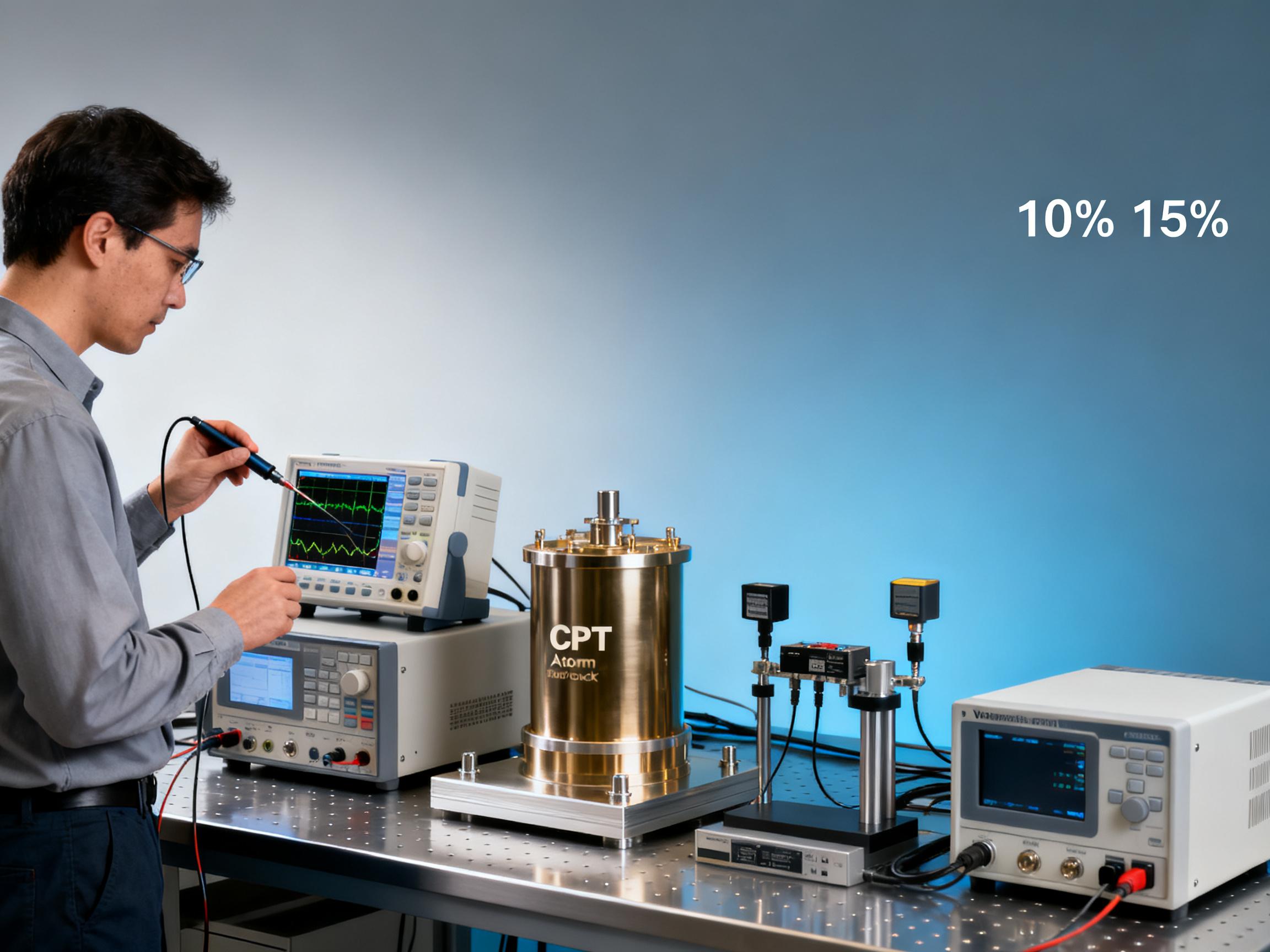RELATED
![How CPT Atomic Clocks Reduce OPEX in 5G Base Stations [Real Data] How CPT Atomic Clocks Reduce OPEX in 5G Base Stations [Real Data]](https://usimg.bjyyb.net/grey.png?x-oss-process=image/resize,m_fixed,w_800,h_600,limit_0) How CPT Atomic Clocks Reduce OPEX in 5G Base Stations [Real Data]2025-12-11
How CPT Atomic Clocks Reduce OPEX in 5G Base Stations [Real Data]2025-12-11 2024 CPT Atomic Clock vs Rubidium: Which Offers Better Stability for Telecom Networks?2025-12-08
2024 CPT Atomic Clock vs Rubidium: Which Offers Better Stability for Telecom Networks?2025-12-08 Live Demo Results: CPT Atomic Clock Performance Under Harsh Environmental Tests (Data Inside)2025-12-05
Live Demo Results: CPT Atomic Clock Performance Under Harsh Environmental Tests (Data Inside)2025-12-05 Budgeting for Precision: Total Cost of Ownership for a Rubidium Atomic Clock Over 5 Years2025-12-03
Budgeting for Precision: Total Cost of Ownership for a Rubidium Atomic Clock Over 5 Years2025-12-03
MESSAGE
Introduction to Optical Pump Cesium Frequency Standard
The Optical Pump Cesium Frequency Standard (OPCFS) is a state-of-the-art atomic clock technology that leverages the hyperfine transition of cesium atoms to achieve exceptional timekeeping accuracy. Unlike traditional cesium beam standards, OPCFS uses optical pumping techniques to excite cesium atoms, resulting in higher stability and reduced environmental sensitivity. This makes it ideal for space applications where reliability and precision are non-negotiable.
Applications in Space Research
OPCFS is widely used in satellite navigation systems, deep-space probes, and astronomical observatories. For instance, the European Space Agency's Galileo satellites rely on OPCFS to maintain synchronization across their constellation, ensuring accurate global positioning data. Similarly, NASA's deep-space missions use OPCFS to coordinate communication and navigation over vast interstellar distances.
Key Advantages Over Traditional Standards
- Higher Stability: OPCFS exhibits fractional frequency stability of 1×10-15, outperforming rubidium and hydrogen maser clocks.
- Lower Power Consumption: Designed for space efficiency, OPCFS consumes up to 30% less power than conventional standards.
- Compact Design: Its modular architecture allows integration into small satellites and payloads.
Technical Performance Metrics
Industry Standards and Certifications
OPCFS complies with ITU-R TF.460-6 for timekeeping standards and is certified for use in space by ESA and NASA. Its radiation-hardened components meet MIL-STD-883 for reliability in harsh environments.
Cost and Alternatives
While OPCFS has a higher upfront cost than rubidium clocks, its longevity (15+ years) and minimal maintenance reduce total ownership costs. Alternatives like hydrogen masers offer similar stability but are bulkier and less energy-efficient.
Common Misconceptions
Some believe OPCFS is too complex for small satellites. However, advancements in miniaturization have enabled its deployment in CubeSats and nano-satellites.
Future Trends
Emerging technologies like optical lattice clocks may surpass OPCFS in accuracy, but their size and power requirements currently limit space applications. OPCFS remains the gold standard for the foreseeable future.
Why Choose Our OPCFS Solutions?
Backed by SPACEON Electronics, our OPCFS products combine cutting-edge innovation with proven reliability. Contact us to discuss how we can support your mission-critical projects.
CONTACT US
Please use the form below to get in touch.
If you need a reply we will get in touch as soon as possible.

![How CPT Atomic Clocks Reduce OPEX in 5G Base Stations [Real Data] How CPT Atomic Clocks Reduce OPEX in 5G Base Stations [Real Data]](https://usimg.bjyyb.net/sites/91500/91958/1765179857856560163985903616.jpeg)



